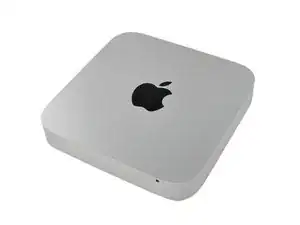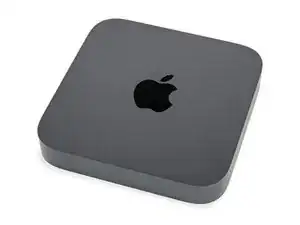Background and Identification
Released in June 2010, the Mac mini Unibody is the third generation of the Mac mini, which was originally released on January 22, 2005 as a small form-factor desktop computer made by Apple Inc. Currently, it is one of the four desktop models in the Macintosh lineup, and serves mainly as an alternative to the all-in-one iMac. In terms of performance, the Mac mini comes behind the iMac Pro and the Mac Pro.
Since 1989, the Mac mini is the only Apple laptop that ships without a display, keyboard, or mouse. Accordingly, it was originally marketed as BYODKM (Bring Your Own Display, Keyboard, and Mouse) and was aimed towards users who were making the switch from a traditional PC running operating systems like Microsoft Windows. The compact size of the Mac mini is achieved through the computer’s use of numerous laptop components.
The Mac mini Unibody was distinct through its thinner unibody aluminum case. Moreover, this generation included an internal power supply and an SD card slot. It also came with an HDMI port, which Apple described as being HDMI 1.4 compliant, that replaced the mini-DVI port as one of the main video connection methods. Later versions of the third generation included a Thunderbolt port, dual-core i5, and quad-core i7 processors, support for up to 16 GB of memory, Bluetooth 4.0, and a choice between Intel HD Graphics 3000 Integrated or AMD Radeon HD 6630 dedicated graphics. These versions removed the internal CD/DVD optical drive.







